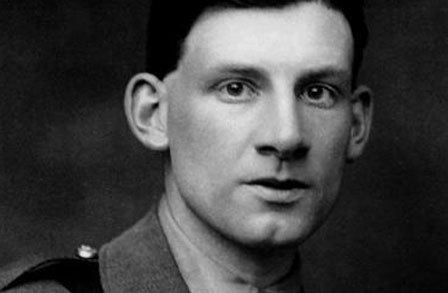
| BACK | EDUCATION HOME |
 |
| PART 1: The First World War |
On Passing the New Menin Gate Siegfried Sassoon Who will remember, passing through this Gate, Here was the world's worst wound. And here with pride |
INDEX THE FIRST WORLD WAR
|
|
INFORMATION
|
|
|
HISTORY At the opening ceremony in 1927, these words were spoken: 'It was resolved that here at Ypres, where so many of the missing are known to have fallen, there should be erected a memorial worthy of them which should give expression to the nation's gratitude for their sacrifice and their sympathy with those who mourned them. A memorial has been erected which, in its simple grandeur, fulfils this object, and now it can be said of each one in whose honour we are assembled here today: "He is not missing; he is here!" ' The Menin Gate is one of the most-visited monuments on the increasingly well-trodden war memorial tourist trail. Many are drawn by that evening ceremony (which is maintained and carried out by the local Fire Brigade). |
 Siegfried Sassoon |
|
IDEAS In four long and terrible years, 'the Dead', once John McCrae's imaginary summoners to vengeance, are now envisaged by Sassoon as posthumously contemptuous of the value which the living place on 'a pile of peace-complacent stone'. Peace had not in fact been won: the roots of the next war, firmly set in the punishing treaty that ended the last, were sending up shoots as Siegfried Sassoon's poem was being written, and showing signs of flowering when it appeared in the Oxford Book of English Verse in 1936. Sassoon's poem is a reminder that people should never be complacent about peace. The constant work needed to maintain it is as important as the work to achieve it. In that light the constant tending of the world's war cemeteries has become a sad, and painful, metaphor. Siegfried Sassoon himself became part of the peace movement for a time and was one of the early sponsors of the Peace Pledge Union. |
||